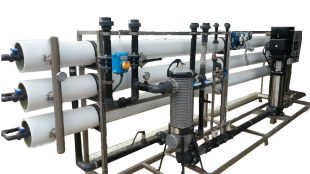
BIA SERIES REVERSE OZMOZ
Reverse osmosis systems are often used in homes, choosing from among the various types of items that are readily available for sale on the market. However, in commercial and industrial reverse osmosis systems, system design brings with it many criteria. Existing applications are quite different and different from each other. The best design is achieved here, and the role and skill of the design engineer is at the forefront.
Osmosis is a natural phenomenon, and in short, water is a very dense medium to a very dense medium. This process continues until the osmotic balance is achieved. Reverse osmosis is the reverse of this osmotic flow. To achieve this, pressure is applied to the liquid with a high concentration. If the applied pressure is greater than the osmotic pressure, the process is reversed. Synthetic membranes are operated on reverse osmosis principle in water treatment systems. These membranes pass water molecules. Other molecules are trapped by membranes. High pressure causes very dense media to pass through the membranes. At this time there is a separation and as the water passes to the less dense side, other molecules in the water are trapped by the membrane and form concentrate. Reverse osmosis systems are systems that are used to obtain water at a low concentration close to pure water by purifying 90-99% of high concentration water with chemical salts.
- 150 m3 / day – 1650 m3 / day
- Membrane covers FRP
- TFC Spiral Winding Membranes 8 “diameter
- 304 or 316 quality stainless steel vertical centrifugal high pressure pump
- St37 Epoxy painted Carbon Steel or AISI304 quality stainless steel chassis
- Cartridge filtration with 5 micron sensitivity
- Low pressure line U-PVC PN16
- High pressure line AISI304 Stainless Steel
- Input solenoid valve or Electric actuated butterfly valve pump output and Pressure control globe valves in the wastewater line

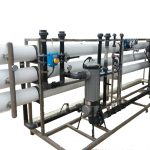
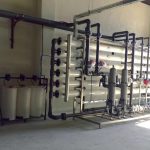

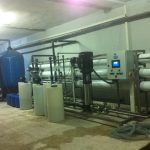
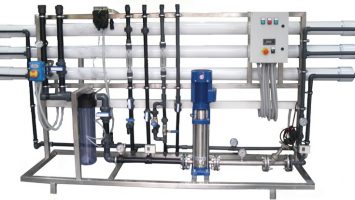
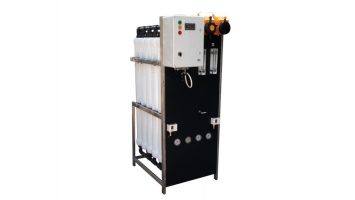
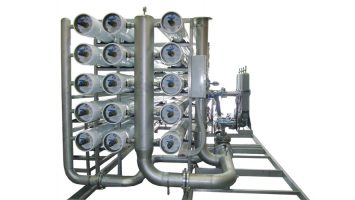
COMMENTS
MAKE A COMMENT